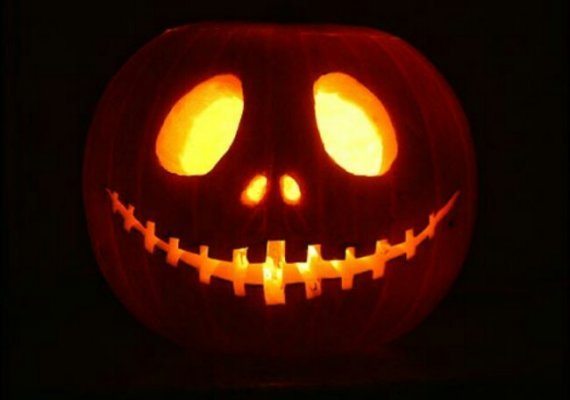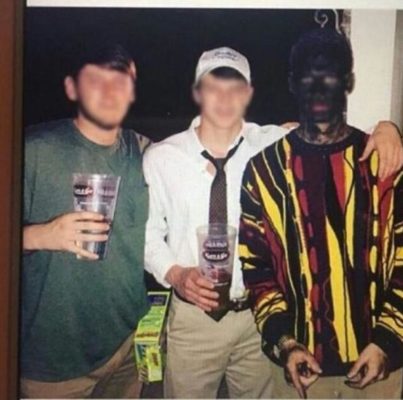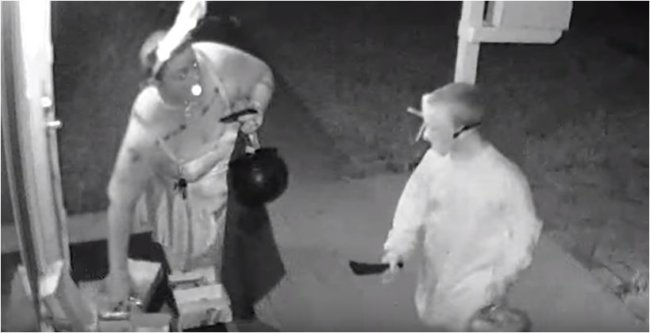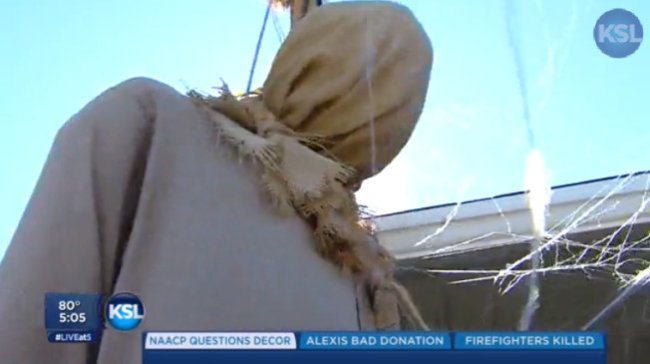This week thousands of Americans will scoop out the flesh of a gourd, crudely carve a haunting face into its rind, and stick a candle inside. Then the jack-o’-lanterns will proudly be displayed on porches and stoops. Who or what is this wacky tradition named after?
The British can claim ownership of the original use of the phrase “jack-o’-lantern.” In the 17th century, it referred to a night watchman, a man who literally carried a lantern.
But it was also a nickname for strange, flickering lights seen at night over wetlands, or peat bogs, and mistaken to be fairies or ghosts. This natural phenomenon is also called ignis fatuus, which means “fool’s fire,” and will o’ the wisp.
Eventually what was called a “turnip lantern” became known as a jack-o’-lantern. Young boys used these hollowed-out and lit-up gourds to spook people.
Legend has it that this use of jack-o’-lantern was named after a fellow named Stingy Jack, who thought he had tricked the devil. But the devil had the last laugh, condemning Jack to an eternity of wandering the planet with only an ember of hellfire for light.
Irish immigrants brought the jack-o’-lantern custom to North America, which is where pumpkins were first used to make the Halloween decorations.
h/t dictionary.com









